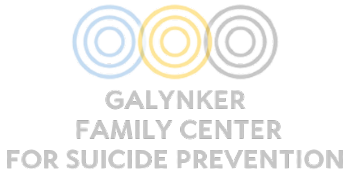
Social media is everywhere. It’s how we connect with friends, share our lives, and stay informed. For many teens and young adults, it’s woven into daily routines, often from the moment they wake up to the time they go to bed. But as youth suicide rates have risen sharply over the past decade, serious questions are emerging about the role these platforms may be playing. While there are many complex factors behind this troubling trend, social media has likely become a powerful contributor to teen suicide risk. What was designed to bring us closer together may actually be doing the opposite for some.
Why Social Media Affects Teen Suicide Risk
Life online can make certain mental health struggles even worse for young people who are already feeling vulnerable. Some feel stuck in constant cycles of online bullying, peer pressure, or the fear of being left out. These experiences can leave them feeling powerless and alone. Seeing perfect-looking photos and harmful content every day can lead to emotional overload and make teens feel like they’re not good enough. Being online all the time also makes it harder to sleep and adds more stress, both of which can hurt mental health. One of the most serious concerns is something called suicide contagion, when posts about suicide, like memorials or dramatic news stories, spread quickly and influence others. For teens who are already hurting, the digital world can quietly make things much worse, and it’s not always easy to see it happening.
Prevent Suicide in the Age of Social Media
These online pressures can be especially harmful for people going through Suicide Crisis Syndrome (SCS). SCS is a serious mental health state where someone feels overwhelmed and at immediate risk of hurting themselves. Unlike depression, which can last a long time, SCS happens quickly and brings intense emotions and confusion. Social media can intensify these feelings by making someone feel trapped, overloaded, or like they have no way out. For a person already struggling, the digital world can push them even closer to a breaking point.
Preventing suicide in the age of social media requires a new level of awareness and conversation. Families, educators, and clinicians need to create space for open, non-judgmental discussions about online experiences, both the positive and the harmful. Asking about social media use should become a standard part of suicide risk assessments, alongside questions about mood, sleep, and stress. What young people are seeing, sharing, and internalizing online can offer crucial insight into their mental state. Most importantly, awareness empowers prevention. The more we understand how digital life shapes emotional wellbeing, the better equipped we are to support those in crisis and to intervene before it’s too late.
Contact Us If You’re Concerned About Your Teen
Are you concerned about your teen’s suicide risk? At the Galynker Family Center for Suicide Prevention, we work with teens and their families as part of our Teen Suicide Prevention Program to help prevent suicide and treat Suicide Crisis Syndrome in teens. If you or a loved one needs our help, don’t hesitate to reach out.


